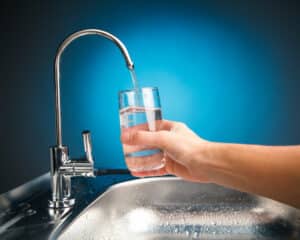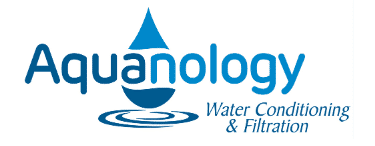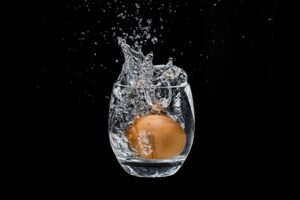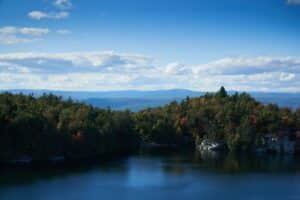
Whole House RO Systems: What Homeowners Need to Know
Why Consider a Whole House RO System? Many people have realized the added benefits that a drinking water reverse osmosis system adds. Purer, worry-free, better-tasting water, which also makes better coffee, tea, and other beverages, is the biggest advantage. Often, the question comes up—why wouldn’t I install a reverse osmosis


